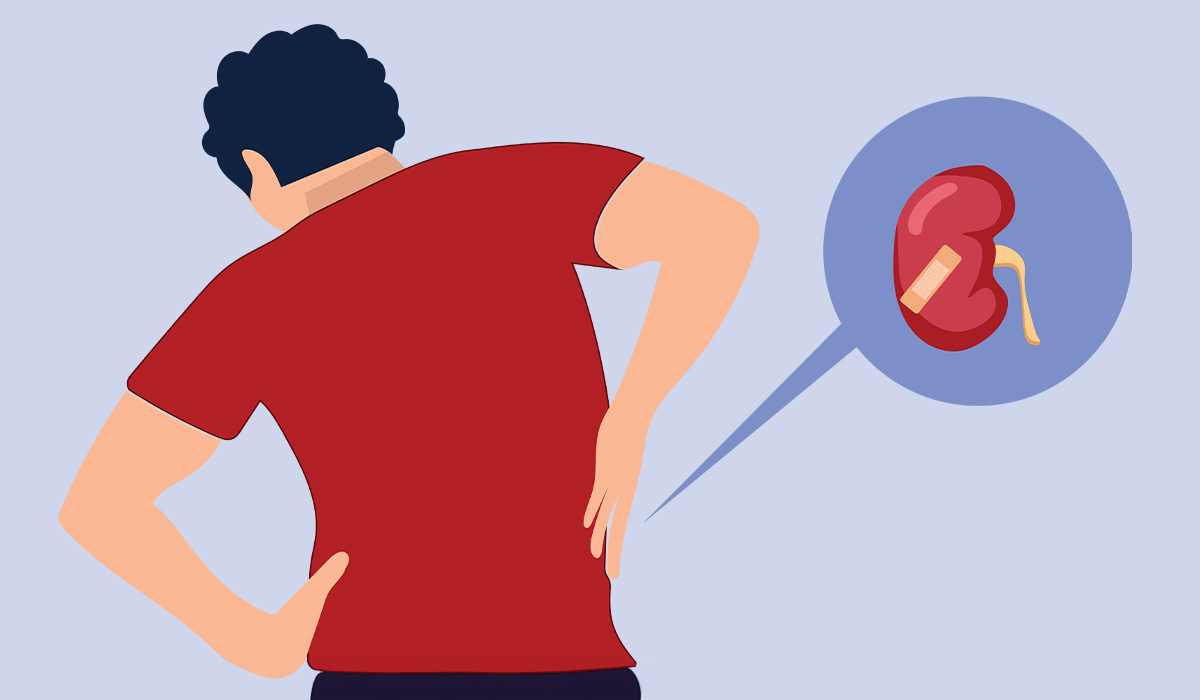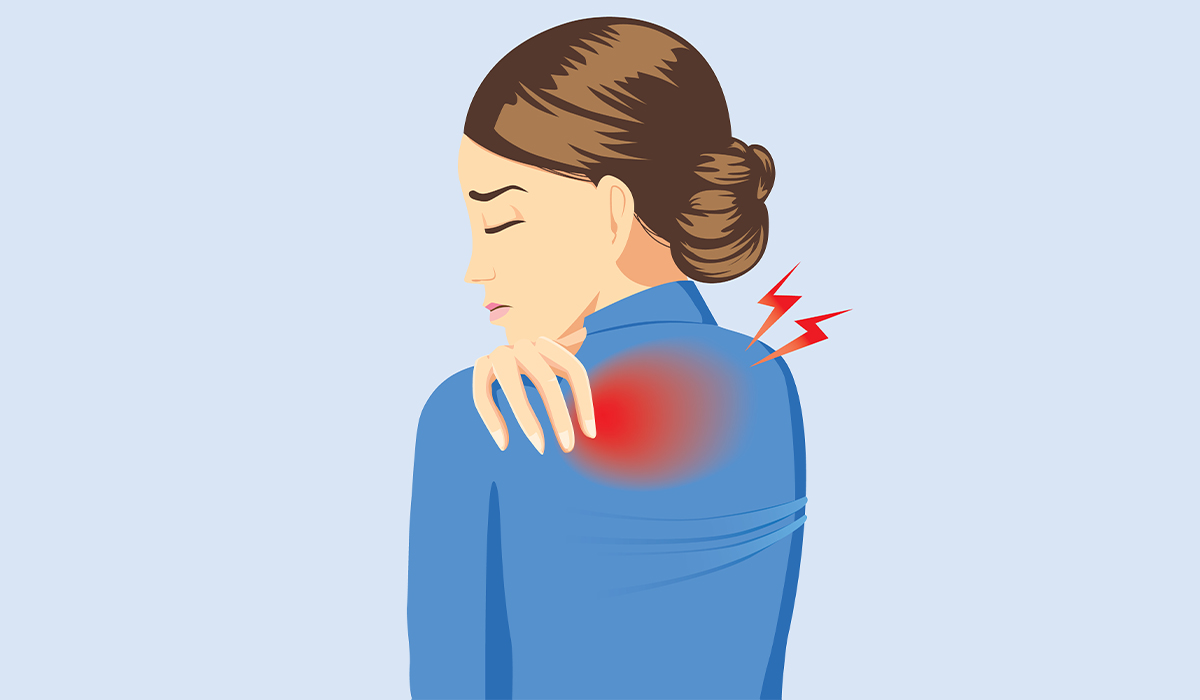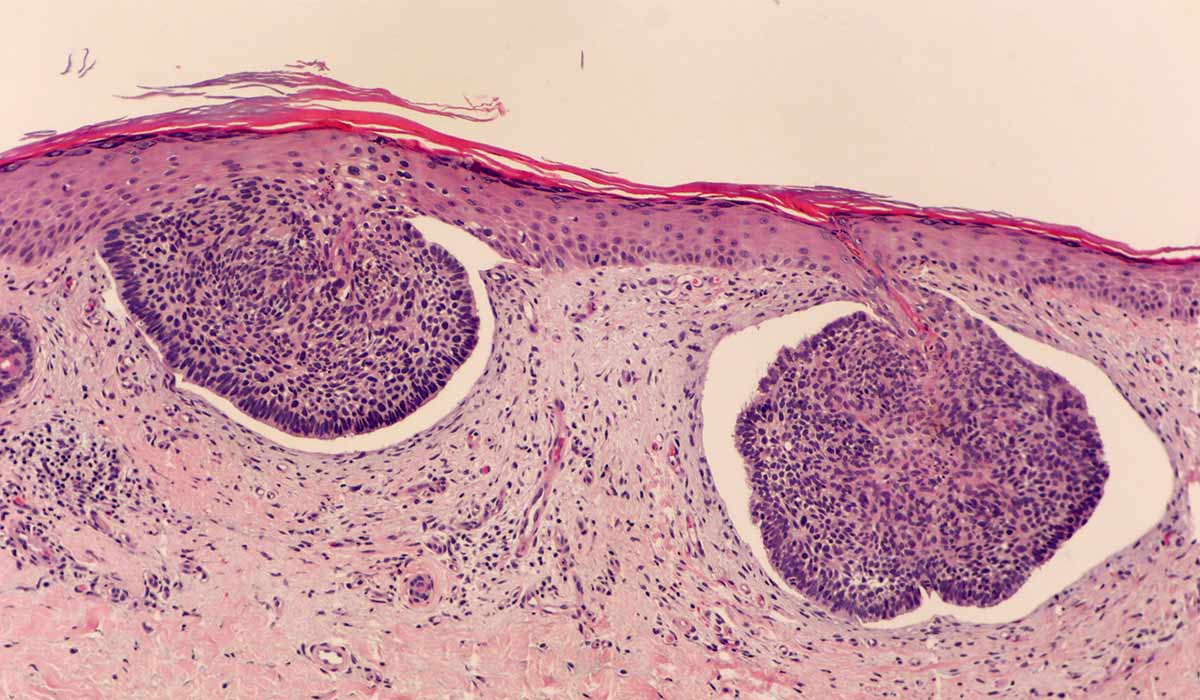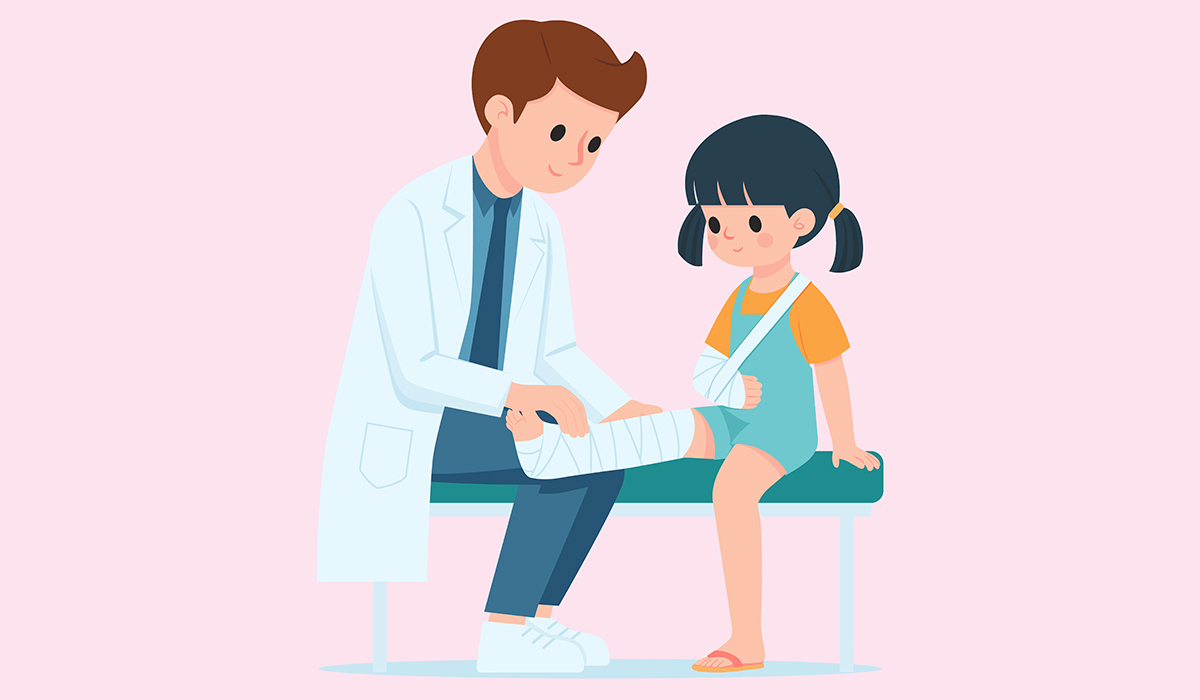A human skeleton consists of 33 vertebrae, which are stacked on each other. Several conditions may cause a vertebra to slip forward. Besides anterolisthesis, they include osteoporosis, osteoarthritis, fracture, and trauma. The misaligned vertebra may affect not only the lower back but also the legs and arms due to pinched nerves.
The severity of symptoms varies from person to person, which depends on the amount of slippage of the affected bone. Doctors use a scale to grade slippage by measuring how far the vertebra moved compared to the bone below it. Mild cases of anterolisthesis can be treated with bed rest, while more serious cases require surgery, medication, or surgery.
Is Anterolisthesis Dangerous?
The severity of anterolisthesis depends on several factors, including the amount of slippage, the patient’s response to symptoms, affected body parts, and how much the condition interferes with an individual’s daily life. Some people experience only mild symptoms and discomfort and can be treated without surgery. However, anterolisthesis may progress, increasing the degree of slippage. When that happens, symptoms may worsen, lowering the individual’s quality of life.
It is important to note that the evaluation of anterolisthesis should be done by a healthcare professional who can assess the specific circumstances, particularly the percentage of slippage, and recommend appropriate treatments. See the paragraph below for more details about the grades of slippage.
Grades of Slippage
Doctors use five grades of slippage according to the Meyerding classification system to determine the severity of anterolisthesis. These include the following:
- Grade I: 0 – 25% slippage
- Grade II: 25 – 50% slippage
- Grade III: 50 – 75% slippage
- Grade IV: 75 – 100% slippage
- Grade V: More than 100% slippage
Grades I and II are considered mild amounts of slip, while grades III to V are severe. The most serious form of anterolisthesis, which is grade V, is known as spondyloptosis, a term used when the slippage is more than 100%.
In spondyloptosis, an affected vertebra slips so far that it is no longer congruent with the bone below it. While anterolisthesis involves a partial forward displacement of vertebrae and is usually less severe, spondyloptosis is a complete and more dangerous forward displacement that often requires surgery as a treatment.
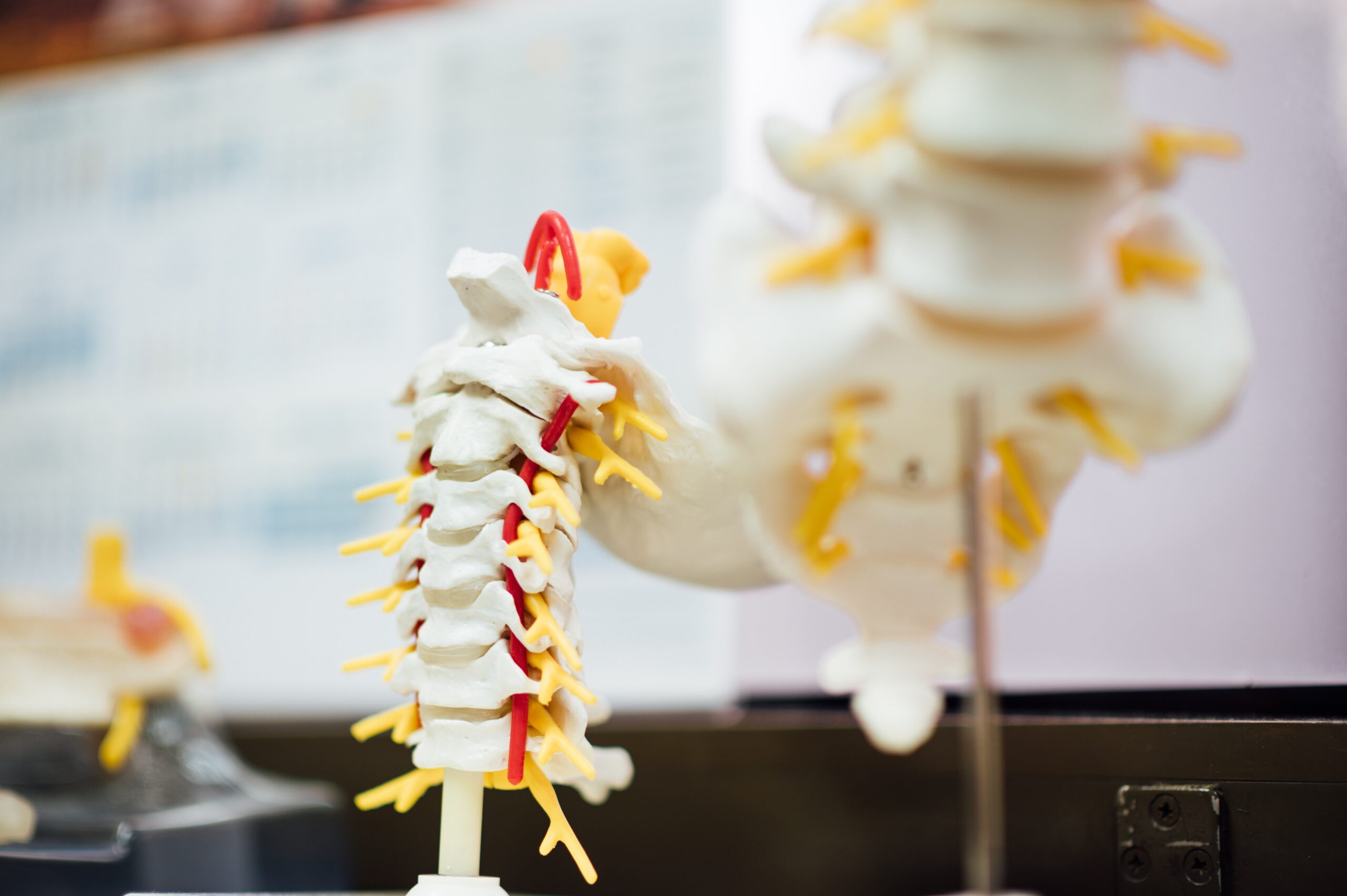
Causes
There are several possible causes leading to the development of anterolisthesis. One of the most common causes involves physical trauma, which can occur suddenly or develop over time. The following circumstances may lead to trauma:
- Falls
- Car accidents
- Sport injuries
- Bodybuilding
- Intense physical exercise
Vertebra slippage may occur suddenly due to blunt force or fractures caused by accidents or develop gradually over time during physical activity that puts a lot of strain on the body.
Anterolisthesis may also develop naturally because of aging, another common cause leading to this condition. The proper position and stability of the vertebrae are supported by joints and ligaments, which weaken as we age. The instability of vertebrae can result in anterolisthesis and degenerative spondylolisthesis.
Less commonly, causes of anterolisthesis include tumors that may move the vertebra out of its proper position and genetic spinal growth defects in children.
Risk Factors
People over 50 years old are most likely to develop anterolisthesis due to weakened joints and ligaments that stabilize vertebrae. It usually progresses faster in women than in men.
Natural aging processes also make individuals more susceptible to injuries caused by accidents and physical strain. Vertebrae are more likely to slip in physically active older people than adults and children who engage in sports.
However, intense, strenuous activities put at risk people of all ages. It especially applies to individuals who lift heavy weights.
You can reduce the risk of developing anterolisthesis by applying the following steps:
- Be careful while engaging in sports with higher rates of back pain and injuries, such as gymnastics, weight lifting, football, and diving.
- Engage in sports activities that rarely lead to back and spine issues, including swimming, yoga, cycling, and easy rock climbing.
- Do back and abdominal strengthening exercises.
- Stay in good shape and avoid getting overweight or obese to lower the stress put on the back.
- Follow a well-balanced diet to ensure proper bone strength.
It is important to remember that anterolisthesis can have various causes. While you can minimize the risk by following specific guidelines, there is no guarantee that you will completely prevent it. If you experience any back pain, discomfort, or other symptoms related to your spine, seek medical attention as soon as possible to address any issues before they progress further.

First Signs and Symptoms
Symptoms and affected body parts depend on the degree of vertebra slippage. If slippage is enough to affect the nerves that go from the spinal cord to other body parts, symptoms are more likely to appear. Some people don’t experience any health issues if the amount of slippage is mild (Grade I and II).
For Grades III, IV, and V, the following symptoms are most likely to occur:
- Numbness in the legs
- Tingling or pulsating sensation in the legs
- Weakened muscles
- Muscle spasms
- Poor posture
- Stiffness in the lower back
- Problem feeling heat and cold
- Pain in the lower back and legs
Less commonly, anterolisthesis may lead to these severe health issues:
- Limited body movement
- Difficulty walking
- Loss of bowel and bladder function
Complications
If you experience any of the above symptoms, particularly persistent pain in the legs or lower back, contact your health provider as soon as possible. Untreated anterolisthesis can result in nerve damage, long-term pain, and mobility issues. It’s crucial to receive diagnosis and treatment early to avoid severe symptoms that may lower the functionality of your body. As the anterolisthesis progresses, pain and other issues get worse, which can heavily impact an individual’s daily life.
Diagnosis and Tests
Diagnosis of anterolisthesis encompasses a physical exam, tests, and determining the degree of vertebra slippage. During an initial examination, doctors usually assess the patient’s senses, reflexes, and muscle strength. The next step is to rule out other conditions and grade the amount of slippage of the affected vertebra based on the following tests:
- CT scan: Computed tomography scans allow doctors to see and evaluate any abnormalities and damage in the soft tissue and bones of the lower back.
- MRI: Magnetic resonance imaging is typically ordered to assess the degree of damage and compression sustained by discs, muscles, spinal cord, and nerves.
- X-ray: Another diagnostic tool is an X-ray scan, which provides a picture of vertebrae in the spine, allowing to assess their position. It can also spot disc degeneration and spinal arthritis.
Treatment
Treatment for anterolisthesis is tailored to an individual’s specific needs, which depend on the degree of slippage, causes, age, and affected body parts. Grade I and II usually aim to reduce pain and discomfort with over-the-counter pain relievers, bed rest, and exercises. Chronic cases (Grades III, IV, and V) require other forms of treatment, including medicines, therapies, and surgeries.
Medicines
Pain and discomfort caused by severe anterolisthesis can be alleviated by Non-steroidal anti-inflammatory drugs (NSAIDs). In cases where acute pain is the main complaint, doctors may recommend steroids and opioids.
Physical Therapy
People who experience complicated and more serious symptoms can benefit from physical therapies and exercise programs that aim to strengthen muscles around the spine and improve overall mobility.
Surgeries
Surgery is the last line of defense against severe anterolisthesis. It is recommended if symptoms do not improve despite other forms of treatment and the vertebra keeps slipping further. People who need to undergo surgery often suffer from decreased mobility, impaired coordination, and difficulty walking caused by nerve compression.
Two types of surgery treat anterolisthesis:
- Decompression: In this surgical procedure, bone or tissue is removed in order to free vertebrae and the nerves from the pressure.
- Spinal fusion: Spinal fusion involves transplanting a piece of bone into the back of the spine to stabilize it. Over time, the bone fuses with the spine, creating a solid bone mass.
Prognosis for Anterolisthesis Patients
Anterolisthesis is not considered a life-threatening condition. Its severe forms, known as Grades III, IV, and V of vertebra slippage, are not observed as often as mild forms. In many cases, anterolisthesis is found incidentally during x-ray and MRI scans to diagnose other conditions. Many people with an abnormal alignment of the spine’s bones do not notice any changes in their bodies or experience mild issues that go away on their own.
People with mild anterolisthesis who seek treatment usually do not need surgery and recover thanks to rest and exercise. Fortunately, when there is a reason for surgical treatment, 85% of patients report satisfactory outcomes, according to the American Academy of Orthopaedic Surgeons.
How to Manage Anterolisthesis at Home?
While anterolisthesis often requires medical evaluation and treatment, there are some self-care tips that individuals with this condition can apply to help manage their symptoms and promote overall spinal health:
- Quitting smoking
- Using supportive chairs and equipment to reduce strain on the back
- Staying hydrated
- Doing stretch exercises daily
- Maintaining proper posture while sitting, walking, lifting, and exercising
- Applying hot or cold packs to the affected area
- Avoiding prolonged periods of inactivity
- Eating a balanced diet rich in calcium and vitamin D
- Taking breaks to stand, stretch, and walk if you have a sedentary job
Self-care measures may be particularly beneficial to those with milder cases or as a part of a comprehensive treatment plan. However, they should complement, but not replace, the professional medical advice and treatment for anterolisthesis.

Key Facts You Should Know
Anterolisthesis is an abnormal alignment of spinal vertebrae, often causing lower back pain, weakness, and muscle spasms. It results from one vertebra slipping forward relative to the one below.
This condition can result from various factors, including physical trauma, aging, and intense physical activities. The severity of anterolisthesis varies, graded from I to V, with higher grades indicating more severe vertebra slippage. Grade V, known as spondyloptosis, is the most severe form and requires surgery.
Treatment options range from medications and physical therapy for mild cases to surgery for severe ones. Self-care plays a significant role in managing anterolisthesis and includes maintaining a healthy lifestyle, proper posture, and staying active.
Anterolisthesis can heavily impact an individual’s daily life, so it is essential to seek medical evaluation and treatment as soon as possible. Early diagnosis and intervention can prevent complications like long-term pain and nerve damage.
Overall, while anterolisthesis can be a challenging condition, timely diagnosis and adequate management can result in satisfactory outcomes and a better quality of life for affected individuals.
Sources
- Ezekial Koslosky, David Gendelberg, (2020). Classification in Brief: The Meyerding Classification System of Spondylolisthesis.
https://www.ncbi.nlm.nih.gov/pmc/articles/PMC7170696/#:~:text=AF%20According%20to%20the%20Meyerding,grades%20compared%20with%20normal%20alignment - Dave Harrison. (2023). Anterolisthesis: Definition, Symptoms, Diagnosis, and Treatments.
https://www.spineinfo.com/conditions/anterolisthesis-definition-causes-symptoms-prevalence-diagnosis-and-treatments/ - Melissa Conrad Stöppler. (2021). DEFINITION OF ANTEROLISTHESIS.
https://www.rxlist.com/spinal_stenosis_symptoms_causes_treatment/article.htm - Charles L. Blum. Lumbar Spondylolisthesis or Anterolisthesis.
https://www.drcharlesblum.com/oldsite/Patient%20Information/Lumbar%20Spondylolisthesis.pdf
- Anterolisthesis: What Is, Causes, Risk Factors, and Treatment
- What Is Anterolisthesis?
- Is Anterolisthesis Dangerous?
- Grades of Slippage
- Causes
- Risk Factors
- First Signs and Symptoms
- Diagnosis and Tests
- Treatment
- Prognosis for Anterolisthesis Patients
- How to Manage Anterolisthesis at Home?
- Key Facts You Should Know

